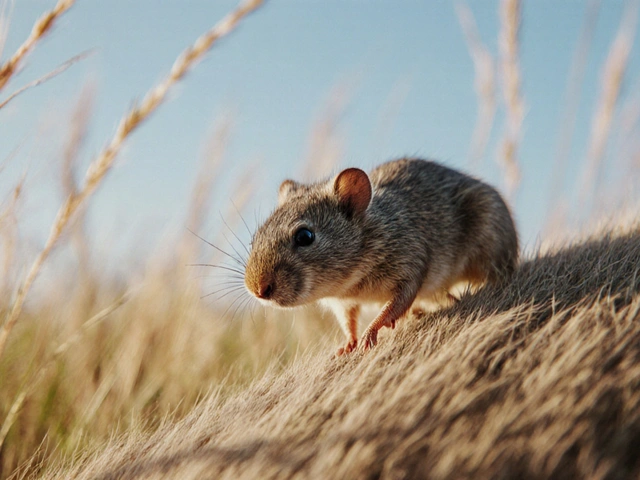American Hellebore (Veratrum viride) — ID, Dangers, and Common-Sense Safety
Seen a tall, pleated-leaf plant with greenish clustered flowers in a wet meadow and wondered if it’s safe? That might be American hellebore, also called false hellebore or Veratrum viride. It looks striking, but it’s one of the more poisonous plants you’ll meet in eastern North America. Knowing how to spot it and what to do if someone is exposed can prevent a medical emergency.
How to identify American hellebore
American hellebore is unmistakable once you know the features. It grows 2–5 feet tall with broad, ribbed leaves arranged in overlapping layers. Leaves are pleated and shiny, usually bright to yellow-green. Flower stalks carry many small, greenish to yellow flowers in a cone-shaped cluster during spring. The whole plant has a bulb-like rootstock. You’ll find it in wetlands, ditches, stream edges, and damp meadows.
Don’t confuse it with true hellebores (Helleborus), which are European garden plants with different leaves and colored flowers. Also be careful around skunk cabbage and some lilies — the pleated leaves and green flowers of Veratrum are your best clues.
Why it’s dangerous and common symptoms
American hellebore contains strong alkaloids that affect the heart and nervous system. Even small amounts can cause nausea, drooling, stomach pain, dizziness, low blood pressure, slow heart rate, and fainting. More severe poisoning leads to breathing problems and dangerously slow heart rhythms. Symptoms can appear quickly after eating or sometimes a bit later.
Handling the plant with bare hands can irritate sensitive skin for some people, and rubbing eyes after touching it could cause issues. Always wash hands after contact.
People historically used this plant in traditional medicine under careful supervision, but home use is unsafe. The difference between a dose that helps and one that harms is small — don’t try to self-medicate with this plant.
If you find children or pets near the plant, remove them from the area and check for any chewing or plant material in mouths. Take photos of the plant from different angles if possible — that helps identification later.
For gardeners: American hellebore can be attractive, but don’t plant it where kids or pets play. If you need it out of a yard, wear gloves and long sleeves, dig out the rootstock, and dispose of it where pets and wildlife won’t reach.
Want to forage or study wild plants? Learn from a local expert first. When in doubt, leave it alone.
Next section covers immediate steps if exposure happens and who to call for help.
Quick tip: If someone ate any part of the plant, call your local poison control center or emergency services right away. Don’t wait for symptoms to appear.
Safety: what to do and who to call
If ingestion is suspected, call your local poison control hotline immediately (in the U.S. call 1-800-222-1222) or go to an emergency room. Do not make the person vomit unless a professional tells you to. Bring a sample or photos of the plant to help clinicians identify it. If the person has trouble breathing, chest pain, fainting, or seizures, call emergency services right away.
Handling notes: wear gloves, wash tools and clothes after contact, and keep the plant away from children and pets. If you need help identifying a plant, contact a local extension service, park ranger, or poison control — they can give quick, clear advice.
Knowing how American hellebore looks and acting fast if exposure happens makes a real difference. Respect the plant’s power and stay safe.
Georgea Michelle, Jun, 12 2023
The Science Behind American Hellebore: How This Dietary Supplement is Making Waves in the Wellness World
I recently came across the American Hellebore, a dietary supplement that's gaining popularity in the wellness world. The science behind it is fascinating as it's known to have various health benefits, such as improving mental clarity and reducing anxiety. Its active components, such as steroidal alkaloids, are responsible for these effects. However, it's important to note that this plant can be toxic if not used correctly, so it's essential to consult a healthcare professional before incorporating it into your wellness routine. I can't wait to see how this intriguing supplement continues to make waves in the health and wellness community.
View More





